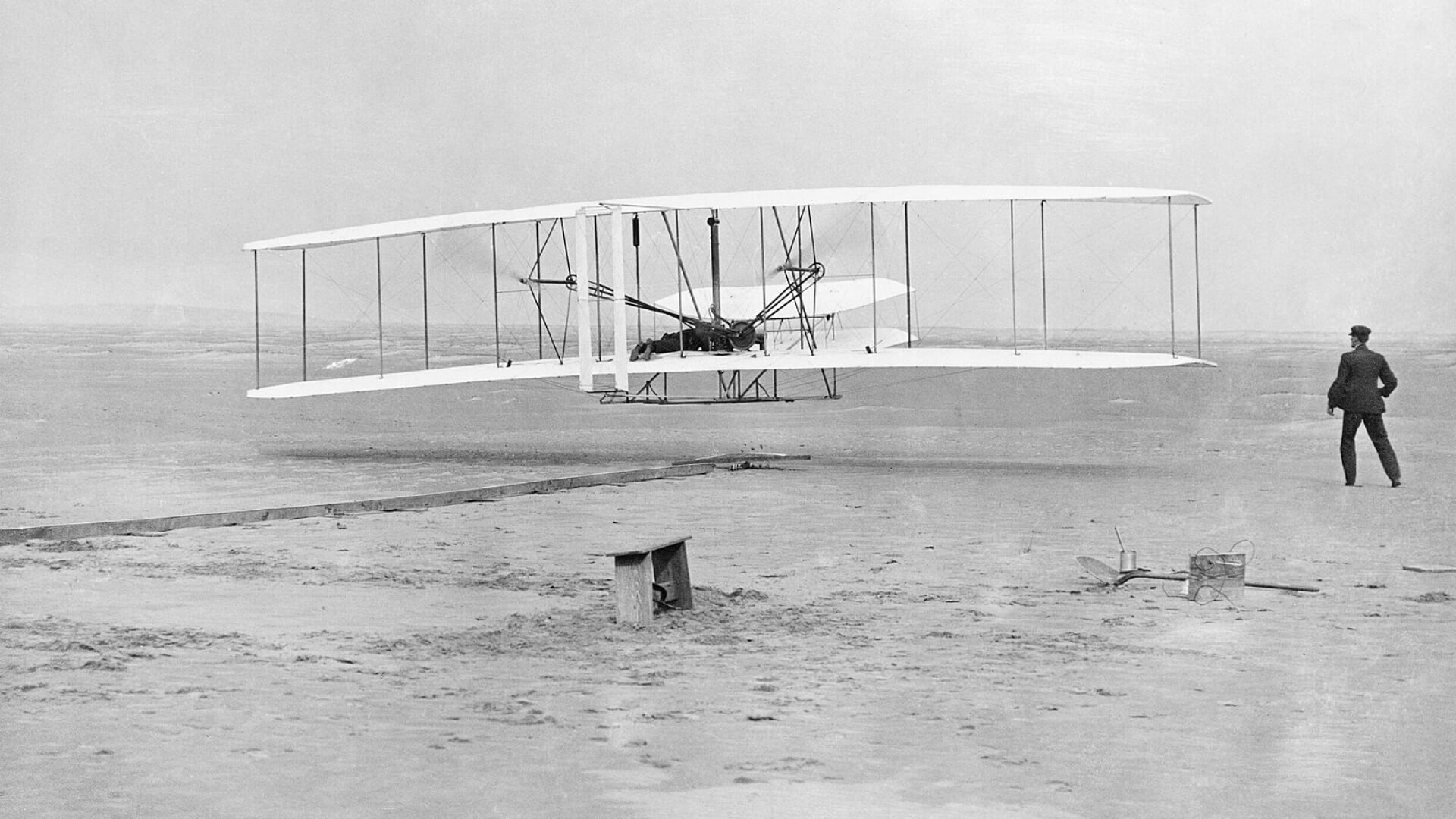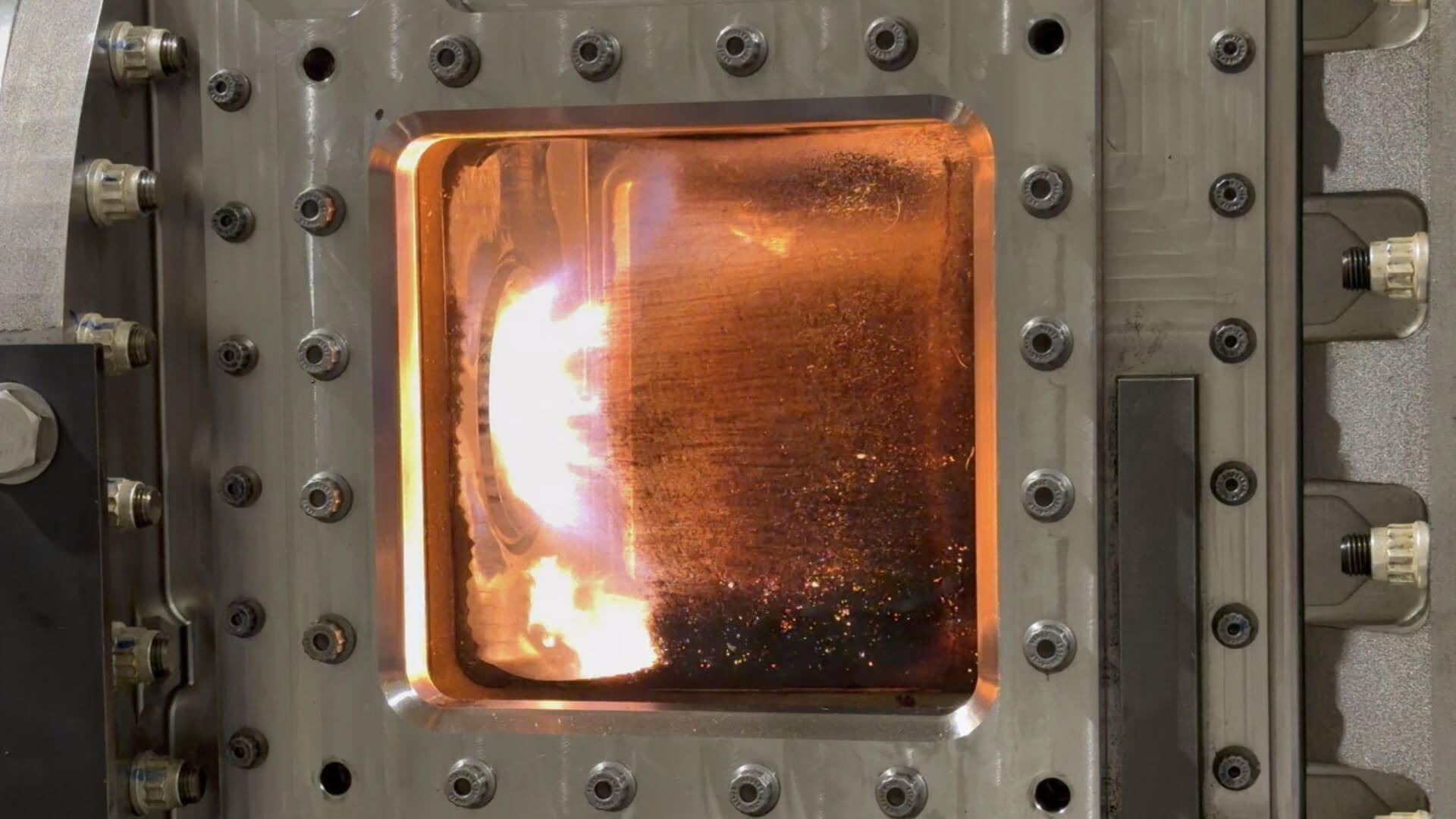From design to production, mass properties engineers ensure aircraft meet and maintain their ideal weight
How are aircraft like pizzas? Both have hidden calories. Add a topping on your pizza and you’ll wreck your diet. Miscalculate weight and your aircraft design may never take off.
Calculating and predicting the weight of production aircraft — long before the build and assembly process begins — is a unique responsibility assigned to mass properties engineers. It’s one of the most complex aspects of aerospace engineering, especially given the risk of producing overweight, inoperable aircraft designs.
How do mass properties engineers ensure an aircraft goes from concept to production at its ideal, projected weight? Read on to learn more from Boom’s Mass Properties Principle Engineer Thomas Greiner about the behind-the-scenes work that establishes an aircraft’s weight estimate and the process to achieve that weight.
Mass properties engineering defined
The four attributes of aerospace design are thrust, drag, and lift and weight. Mass properties engineering, also known as weight engineering, is the technical discipline that scrutinizes the weight, center of gravity, and inertia of an entire structure, ship, spacecraft, satellite, or aircraft — and every one of its design components — to minimize its mass and maintain balance. Simply stated, mass properties engineers apply their knowledge to optimize vehicle performance.
Behind every successful aircraft is a significant investment in mass properties engineering. Mass properties engineering is not a traditional engineering discipline. While these engineers typically possess aerospace or mechanical engineering degrees, they gain much of their specific expertise on-the-job.
Hidden aircraft “calories”
A good example of hidden calories is paint. Simply painting a plane adds weight. By leaving certain aircraft in the original buffed aluminum finish, they will be lighter and allow for additional performance in either payload or range.
Guiding aircraft design
Mass properties engineers are involved in every phase of aircraft design. They guide design decisions to ensure projected weights and balance are within desirable limits.
From day one, mass properties engineers make weight assessments using parametric equations based on geometry, loads, and materials. They base predictions largely on historic information, basic physics, and engineering judgement. They take a top/down and bottom/up view at the same time and see how the projections provide insight into the aircraft.
Mass properties engineers also influence the configuration of the aircraft, placing the wing and landing gear to ensure balance on the ground and in the air, and buoyancy in the water. (You may recall the aircraft that landed in the Hudson River — safely. The aircraft’s ability to float is a result of analysis by mass properties engineers.)
The work of mass properties engineers doesn’t end when a production aircraft rolls out of the hangar, but continues as the aircraft experiences changes in airline operations.
Supporting each phase of aircraft design
The design decisions made by mass properties engineers early in the design have repercussions long after aircraft rolls out of the hangar.
As an aircraft’s design matures, mass properties engineers support trade studies, which are decision-making processes that determine the best design option. They develop a mass model of the vehicle, including its inertia (a body in motion tends to stay in motion).
The mass models developed by these engineers are used to develop aircraft loads and the flight control system. These models and estimates of the production aircraft begin while the aircraft concept is in the preliminary design stage.
With thousands of iterations, especially with new aircraft design, the complexity of the equation is immense. Mass properties engineers include hundreds, if not thousands, of parts — each made with different materials and sized to different aircraft flight conditions. During preliminary design, many components are still being defined, so there are estimations to make on those designs as well. These components run the gamut from landing gear to avionics, and from food trolleys to the liquid in lavatories. They are literally everything that contribute to weight.
Why is aircraft weight so important?
The heavier the aircraft, the more power and fuel it needs to fly. If a mass properties engineer miscalculates, it can spell disaster for an aircraft program. For supersonic aircraft, one pound of weight requires one pound of fuel to complete the aircraft mission. Ounces make pounds, and pounds make for reduced aircraft performance.
For Greiner, all weight concerns mean tradeoffs during the development phase:
“Sometimes you’re an advocate and sometimes a referee between different teams. Everything in aircraft design is a tradeoff and we help make the right choices. We’re involved in almost every decision, including where the wing is placed.”
According to Boom Supersonic’s Principle Mass Properties Engineer Tom Greiner, weight is one of the four critical elements of aircraft design.
Supersonic opportunities
Not only is Overture — Boom’s commercial airliner — supersonic, it’s the first supersonic commercial aircraft to be built in decades. This offers tremendous opportunities for the Boom team to develop new approaches to maximize performance.
One example of the unique challenges for Overture, compared with today’s subsonic aircraft, is that the center of gravity must shift aft (toward the tail) as the aircraft accelerates to supersonic speed. This is achieved by pumping fuel to aft fuel tanks. The process is reversed when the aircraft decelerates to subsonic flight for landing. The mass properties engineer is intimately involved with the team to develop the fuel tanks configuration.
The weight challenge
While thrust, drag, and lift are challenges in specific areas of the aircraft, weight is an issue across the board. For Greiner, aircraft weight is the ultimate big picture challenge — and one that continues for the life of the aircraft.
Airplanes, like people, tend to gain weight over time. Regulations addressing safety, additional communication technology, and the increase of passengers and baggage weight each introduce additional weight challenges.
For example, weight often increases as new technology is introduced: think of storage provisions or in-flight entertainment. These items are changed out over an aircraft’s lifetime. You lose weight when you remove large headrests, but might gain it with a new entertainment system. Predicting those changes is critical to the aircraft’s long-term operation.
Achieving an ideal balance
Ultimately, aircraft weight is a balance between hundreds of considerations and technologies. But with the watchful eyes of mass properties engineers, an aircraft will leave the hangar at its optimal weight, and retain its performance for decades.







